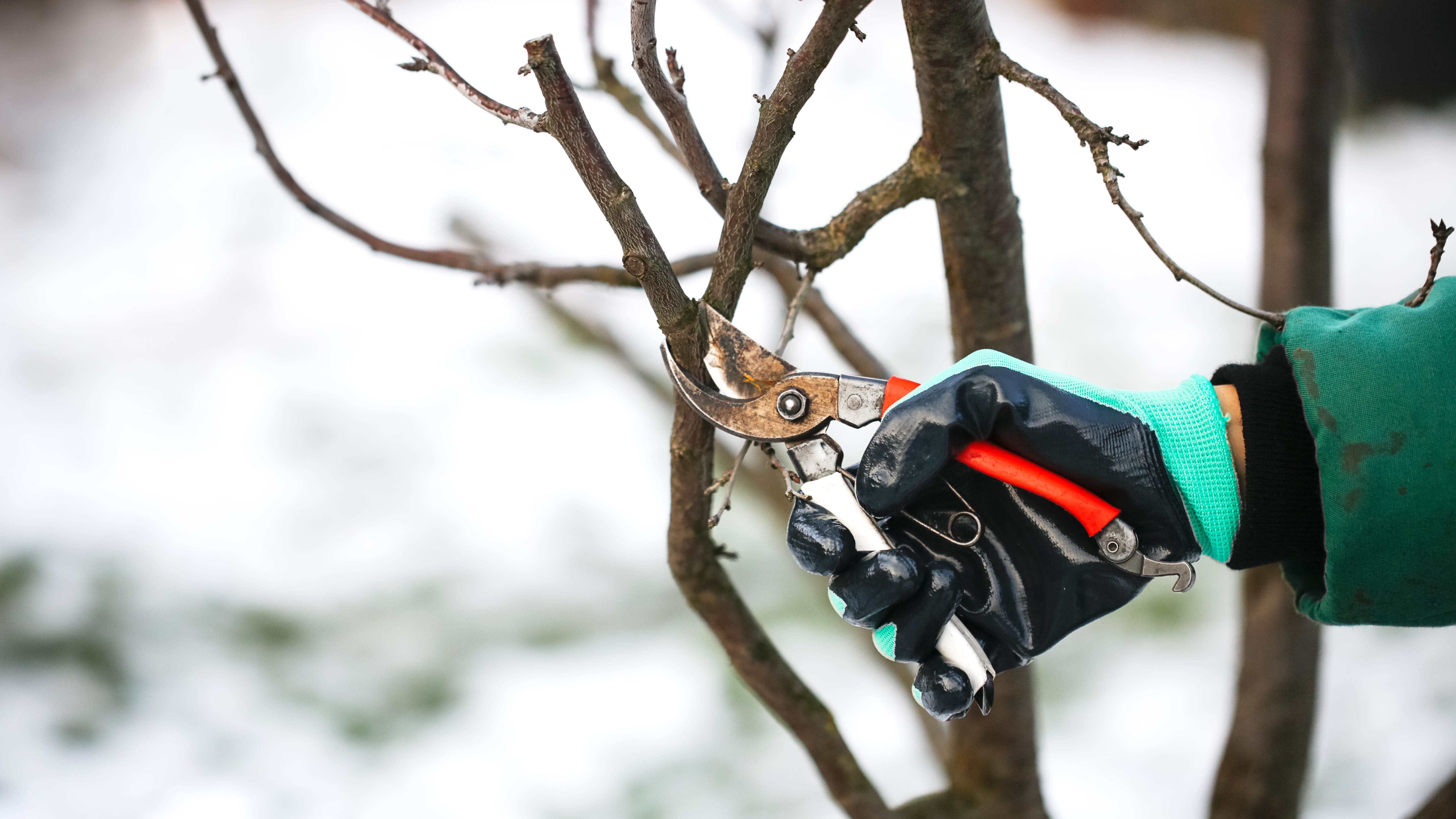
As winter wraps its chilly fingers around our gardens, they enter their own version of hibernation. But despite the frosty weather, this isn’t the time to hang up your gardening gloves.
Think of your garden as an athlete in off-season training. Sure, it's not game day, but the work you put in now can lead to you hitting some serious garden goals come spring. Although not always glamorous, the garden chores you do during winter are absolutely essential, if you want your yard to be on top form for those warmer months.
From strategic pruning to playing defense against frost, each chore is a step towards a better, more vibrant and healthy garden when the weather rolls back around. With that said, here are the top winter garden chores to help your yard flourish in spring.
9 of the best winter chores for your garden
Winter can be a challenging time for gardeners, especially when outdoor gardening will be limited. This is especially the case if you don’t live in an area with a warm climate. However, there are still several things gardeners can do.
To prep your lovely green space properly for the cooler months, some groundwork is involved to help it thrive come springtime. And this comes in the form of some good old-fashioned chores. Not sure where to start? We’ve asked the experts to find out. And the good news is, they’re not that labour-intensive. Phew.
1. Rake away fallen leaves
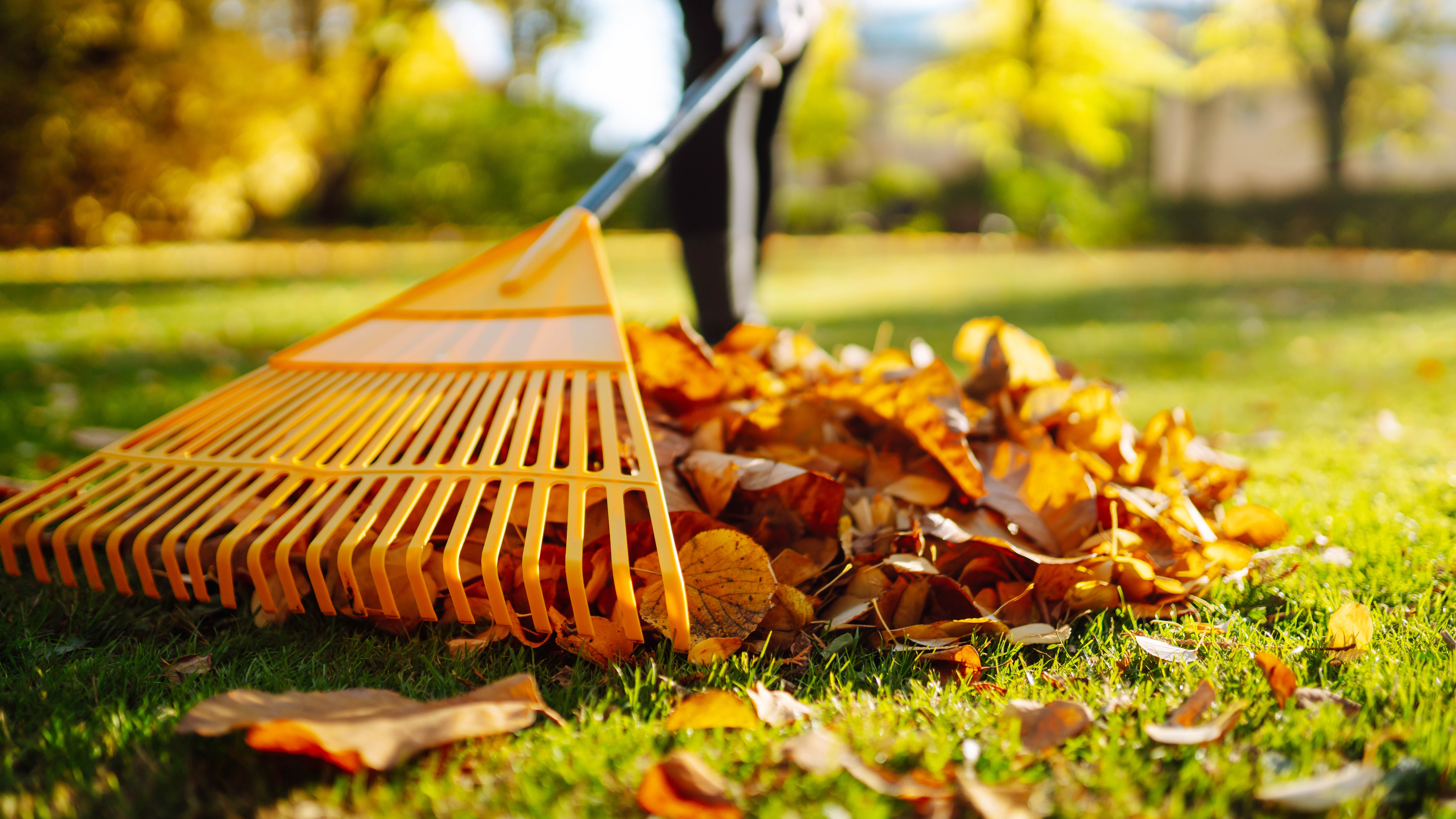
According to Georgina O'Grady, Managing Director at Evergreen Direct, one of the best things you can do for your garden to prepare it for spring is to rake up any fallen leaves.
“Doing this can prevent your lawn from becoming diseased, suffering from harmful mold or creating an enticing environment for insects or pests,” O’Grady says. “It also makes your lawn ready for fresh growth in springtime and your garden looks much tidier. Once your lawn is clear from leaves, it is a good idea to apply a fertiliser which is high in phosphorus or potassium to feed roots and strengthen grass plants.”
Sign up to get the BEST of Tom's Guide direct to your inbox.
Get instant access to breaking news, the hottest reviews, great deals and helpful tips.
Want to simplify things? Here's how to rake leaves the easy way.
2. Prune overgrowth
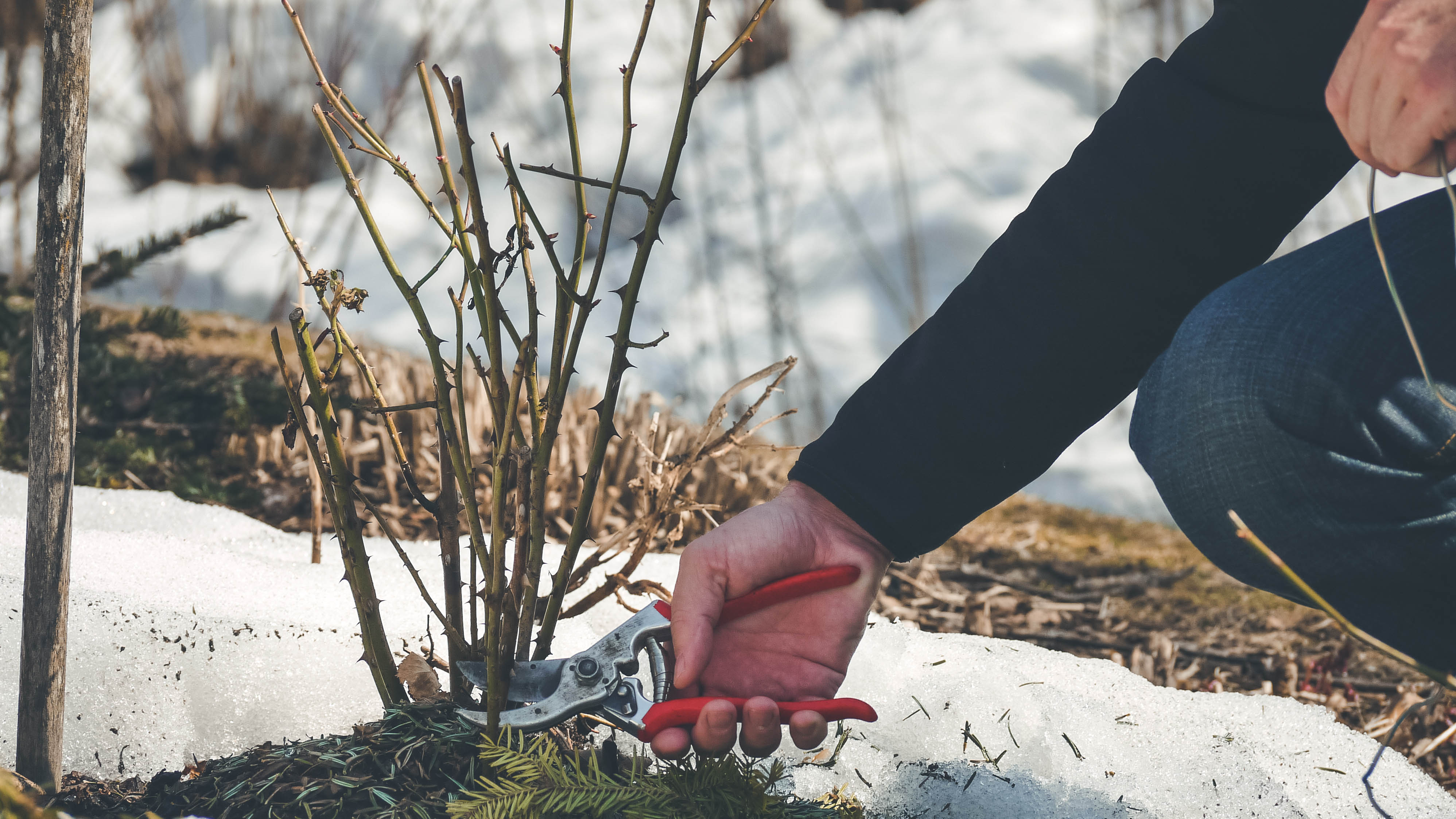
While everything in your garden is dormant, it is also a good time to prune trees and shrubs that have become overgrown. “This will stimulate new growth come spring and create much healthier plants,” advises O’Grady. “I also recommend draining and servicing equipment like garden hoses, irrigation systems and power tools like lawnmowers so they're ready for the new growing season."
To help you with this task, check out the best pruning shears to see our recommendations.
3. Remove weeds
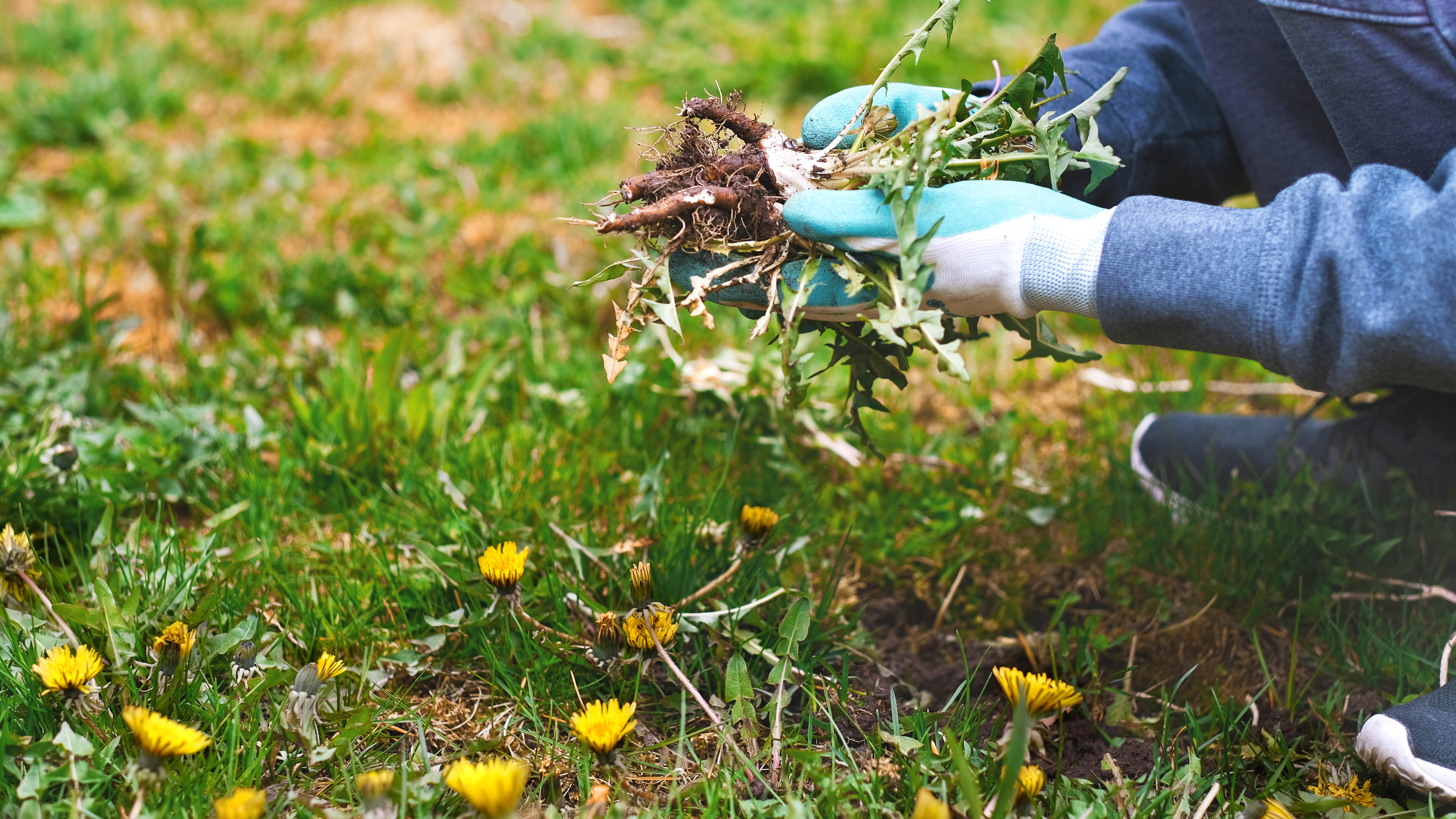
While it sounds like pretty gruelling work, especially when it’s freezing out, O’Grady also recommends taking the time during the winter months to weed and edge your borders.
“Weeding keeps your borders tidy and reduces competition so your plants thrive in spring and edging keeps everything neat,” she says.
For more top tips, check out these 7 ways to kill weeds naturally — no chemicals required, just avoid these 7 mistakes you’re making when pulling weeds.
4. Take care of indoor plants
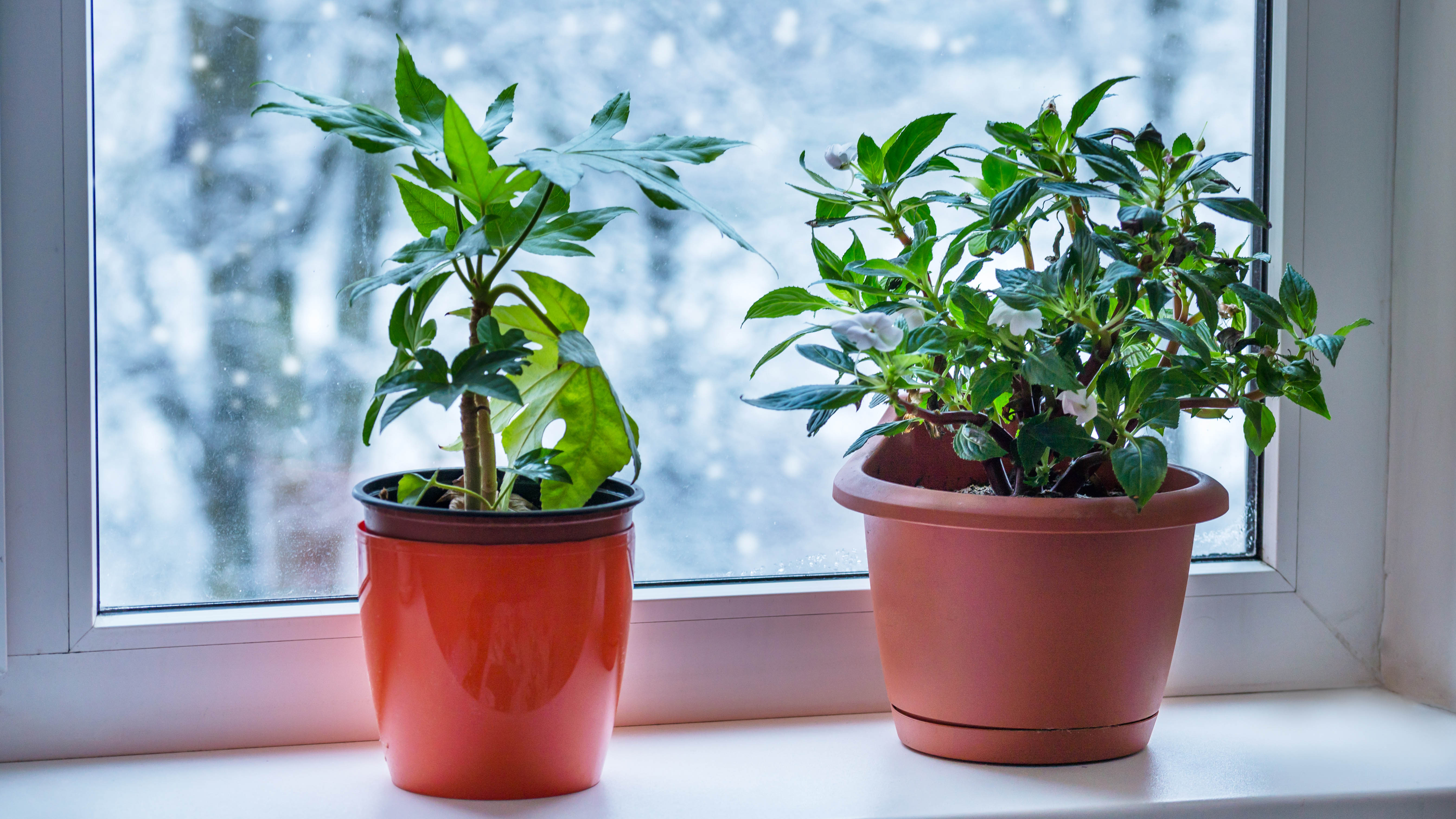
Winter is an excellent time to focus on your indoor houseplants. Petar Ivanov, gardening and plant expert at Fantastic Gardeners explains that - despite their dormancy during that time of the year, it’s still important to regularly check on the health of any house plants you may have.
“Repot them if it’s necessary and consider adding new varieties to your collection,” Ivanov suggests. “Besides that, indoor gardening can also involve growing herbs on your windowsill or under grow lights, which will be a great addition to winter meals.”
However, he adds that if you take up this activity, make sure to check them regularly and keep an eye on the temperature around them, especially if your windowsills aren’t insulated well.
“You could also invest in a microgreen growing kit which can provide you with green food sources in winter. You can transplant many of the plants you grow indoors in your yard later on,” he adds.
5. Envision the garden you want

Consider using the winter months to plan and design changes or additions to your garden. For example, Ivanov recommends thinking about new plant varieties, colour schemes or structural elements you can add.
“Explore some seed catalogues to choose and order seeds for the upcoming spring, which can be an exciting way to anticipate the next gardening season,” he says. “Consider also starting a gardening journal to document your gardening experience and keep everything organised.”
This can be very helpful for reflection if you experience some issues so you can learn from your mistakes.
6. Keep on top of your tools
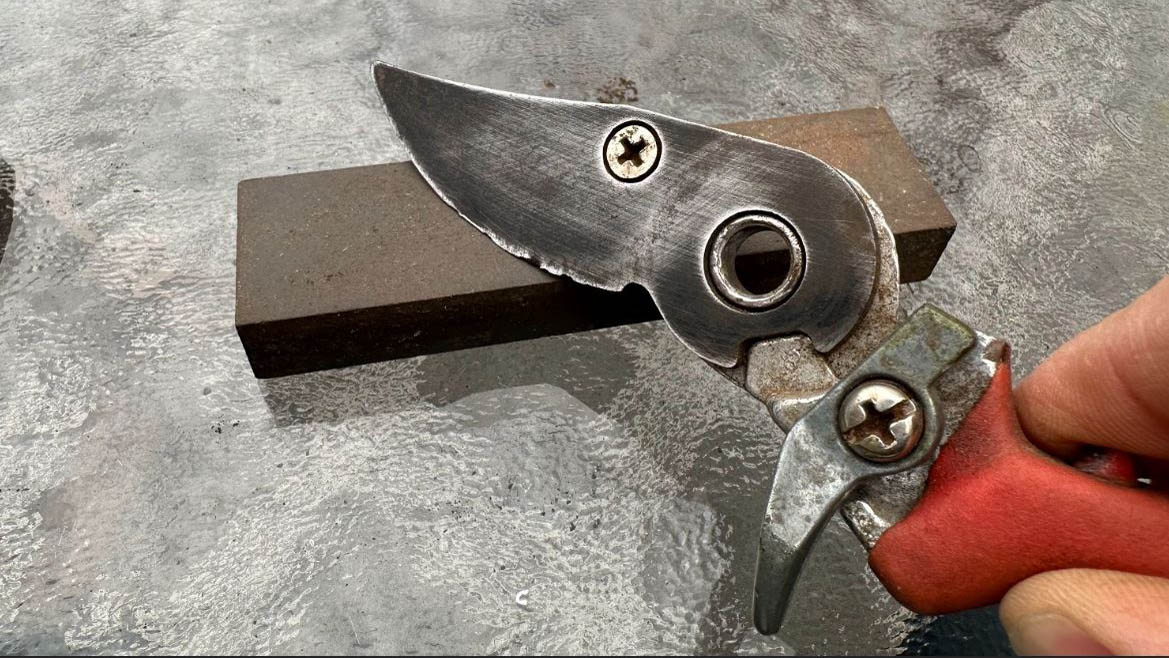
While it’s not the most alluring of tasks, cleaning, sharpening and organising your gardening tools is another worthwhile chore to ensure they’re ready to go again when the gardening season starts.
“If you have a greenhouse, use the winter to clean and organise the space and check if it needs any repairs,” suggests Ivanov. To revitalize your shears, check out how to sharpen pruning shears.
7. Lay winter mulch
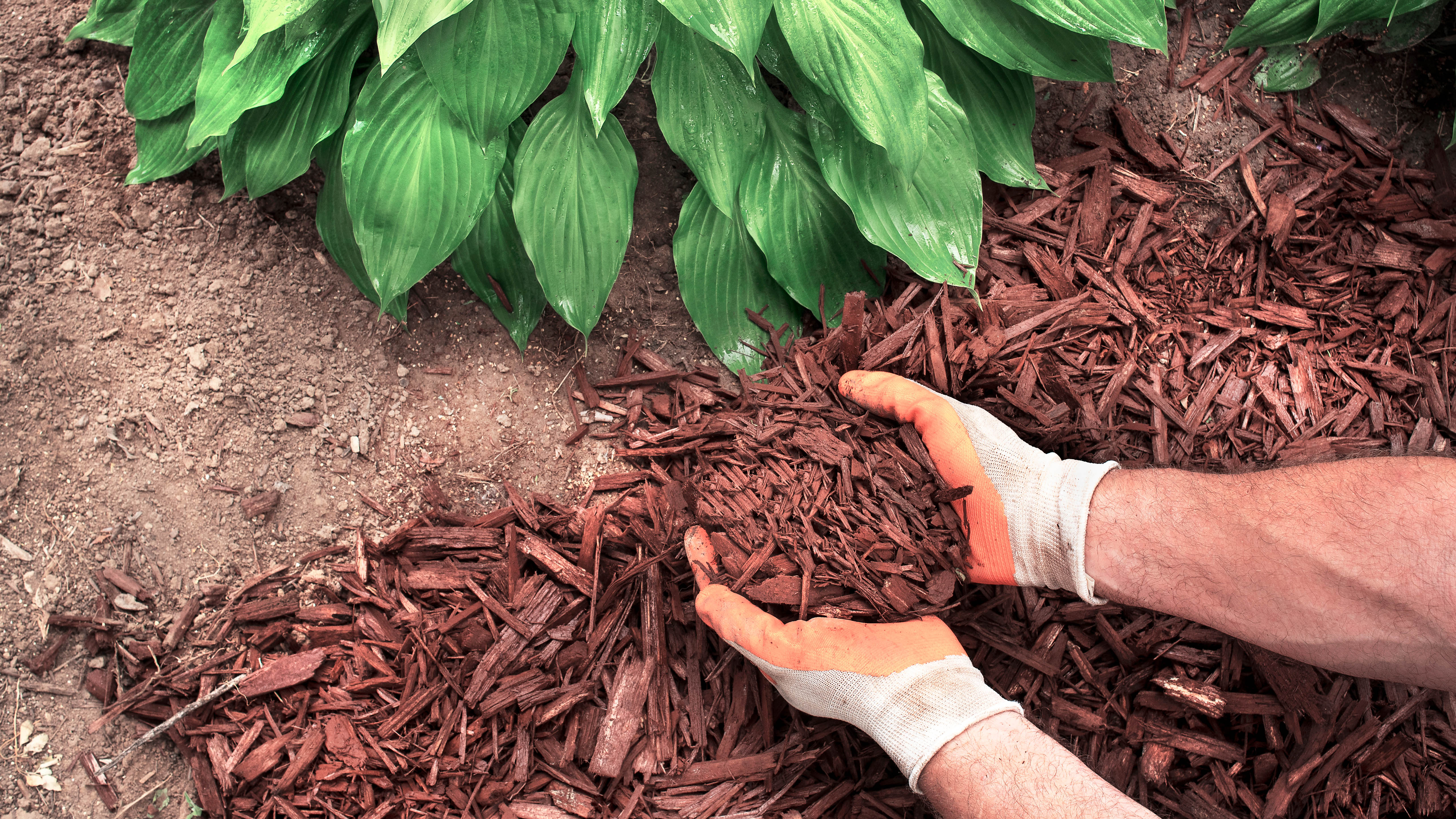
If you have any trees and shrubs that are struggling to survive winter, consider spreading mulch, such as wood chips, around their root area to prevent their roots from getting injured.
“It’s a good idea to mulch your flowerbeds with 2-3 inches of bark chips, compost or gravel to insulate plant roots from hard frosts and temperature fluctuations,” explains O’Grady.
Once all your chores are out of the way, and if you still can’t get enough of those green-fingered jobs, you could always take the time to expand your knowledge. Read gardening books or articles in the months when you can’t do much actual gardening for more tips.
“Learn about any new techniques, plant varieties or gardening trends you can use. Also consider starting online gardening courses to deepen your understanding of specific aspects of gardening.”
While you're busy getting your yard ready for spring you may be interested in discovering 5 plants to sow in January.
More from Tom's Guide
Lee Bell is a freelance journalist and copywriter specialising in technology, health and fitness and how the latest innovations are shaking up the lifestyle space. From national newspapers to specialist-interest magazines and digital titles, Lee has written for some of the world’s most respected publications during his 12-plus years as a journalist.

